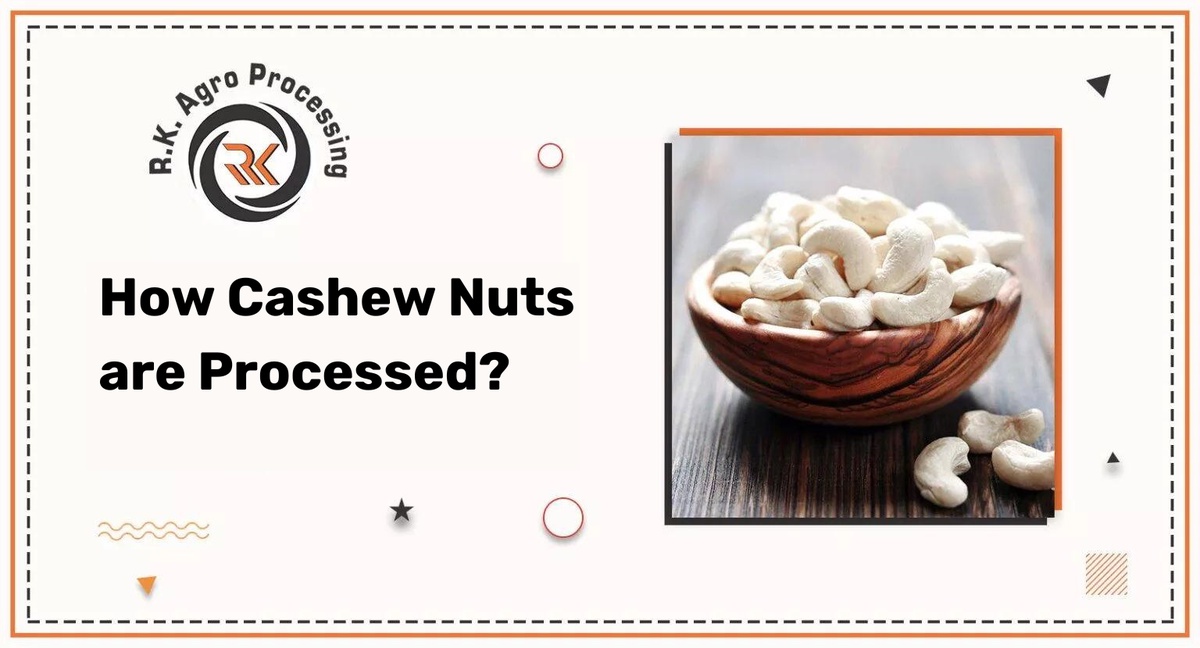Cashew nuts are not just delicious snacks; they're wonderful agricultural and industrial ingenuity. From the tropical regions where they grow to kitchen tables worldwide, the journey of cashew nuts involves several intricate steps of processing. Let's dive into cashew nut processing: the fascinating process of how cashew nuts are transformed from humble nuts on a tree to the crunchy delights we enjoy.
Harvesting
The journey of cashew nut processing begins with harvesting. Cashew trees (Anacardium occidentale) are native to Brazil but are now cultivated in many tropical regions across the globe, including India, Vietnam, Nigeria, and Indonesia. The cashew nut, technically a seed, grows at the bottom of the cashew apple, a pear-shaped fruit.
Harvesting cashews is a labor-intensive process. Workers carefully pick the cashew apples by hand to avoid damaging the nuts. The cashew apples are then collected and used for various purposes like making juices, jams, and even alcoholic beverages.
Extracting the Nut
Once harvested, the next step is to extract the cashew nuts from their protective shells. However, this is not a simple task due to the caustic substance found between the nutshell layers. This substance, called urushiol, is the same compound found in poison ivy and can cause skin irritation.
To remove the shell safely, the cashews are typically heated or roasted. This process not only neutralizes the urushiol but also helps to loosen the shell. Once heated, the shells are cracked open, revealing the cashew nut inside. The nuts are then separated from any remaining shell fragments.
Drying
After extraction, the cashew nuts are still high in moisture content, which makes them susceptible to spoilage. To extend their shelf life and preserve quality, the nuts undergo a drying process. They are spread out in a single layer and left to dry in the sun or through mechanical drying methods.
Drying the cashews reduces their moisture content to around 10%, making them less susceptible to mold and bacterial growth. Proper drying is crucial as it affects the texture and flavor of the final product.
Peeling and Grading
Once dried, the cashew nuts undergo another round of processing to remove the thin, papery skin that covers them. This step is usually done mechanically using specialized equipment. After peeling, the nuts are graded based on size, color, and quality.
Grading ensures that only nuts of the highest quality make it to market, while smaller or imperfect nuts may be used in other products or sold at a lower price point.
Roasting
Roasting is a crucial step in cashew nut processing as it enhances the flavor and aroma of the nuts. The nuts are typically roasted in large ovens at controlled temperatures to achieve the desired level of roast. Roasting also helps to further reduce moisture content and improve shelf life.
Packaging and Distribution
Once roasted, the processed cashew nuts cashew nuts are ready for packaging and distribution. They are carefully packaged to preserve freshness and prevent damage during transit. Cashew nuts are exported to markets around the world, where they are enjoyed as a healthy snack or used in cooking and baking.
Wrapping Up
The journey of cashew nut processing is a complex yet fascinating process that involves several intricate steps. From harvesting and extracting to drying, peeling, roasting, and packaging, each step plays a crucial role in transforming raw cashews into the delicious nuts we know and love. For getting the best quality cashews, always prefer buying these from the leading Cashew Nut manufacturers. This will not only help you get the best product but also gonna make your spending worth it.


No comments yet